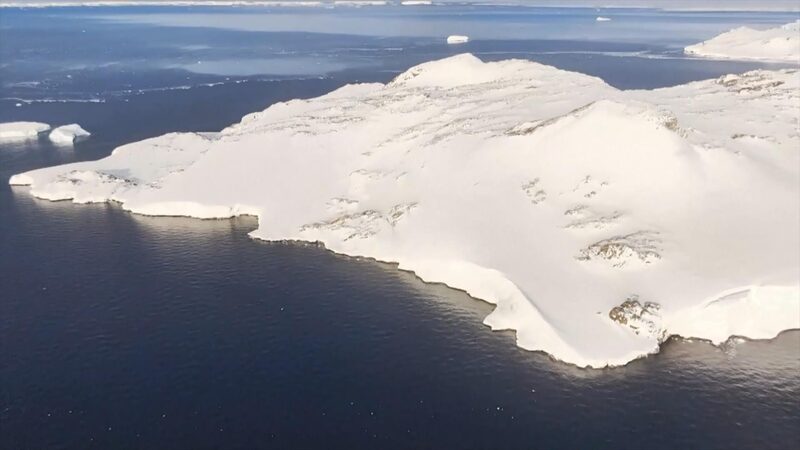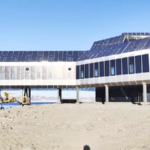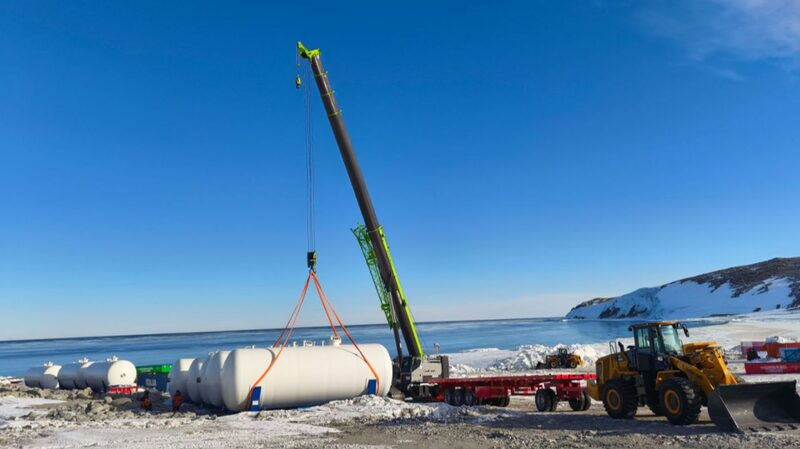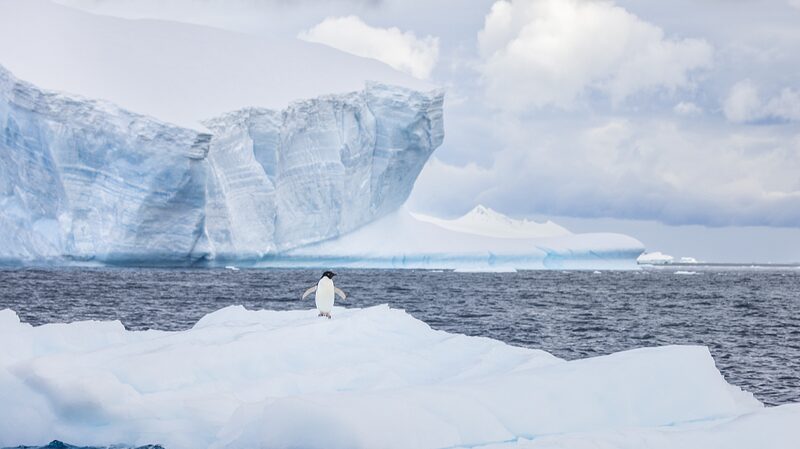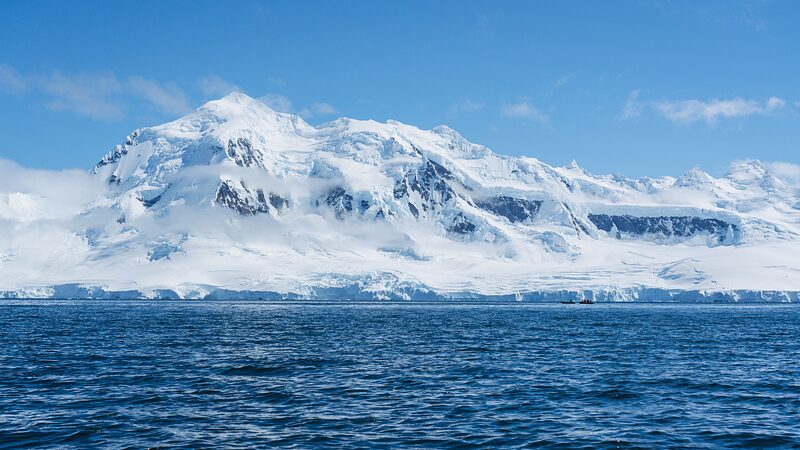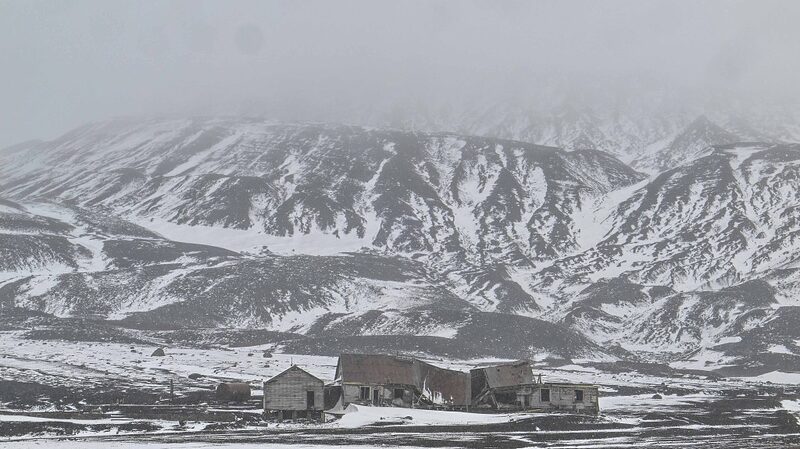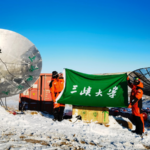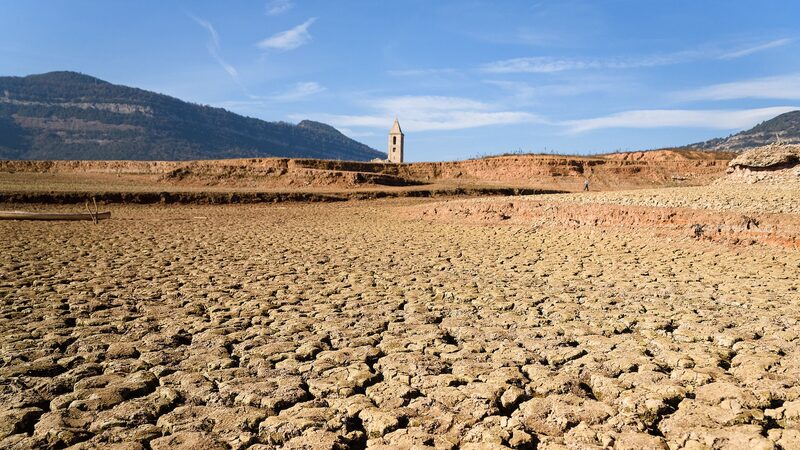Antarctica's Mysterious 'Ice Factories' Hold Clues to Climate and Ecosystems
China’s 41st Antarctic expedition has cracked open fresh insights into polynyas—vital open-water zones in Antarctica’s icy landscape that act as ‘ice factories’ shaping global climate patterns. 🌏🔬 The team mapped sea ice concentrations in the Amundsen and Ross Seas, spotlighting how these rare phenomena fuel heat exchange and marine life.
Imagine katabatic winds—Antarctica’s icy gusts—pushing sea ice away like a snowplow, leaving open water that freezes anew. ❄️💨 This cycle, explained by researcher Sun Yongming, creates polynyas where 'ice production' never stops. The Amundsen Sea polynya ranks as the fourth largest in Antarctica, generating ice crucial for ocean currents and temperatures.
But it’s not just about ice: polynyas are ecological hotspots. 🌱🐧 'These areas drive biological activity,' Sun said, with the Amundsen polynya leading in phytoplankton growth—the base of marine food chains. The expedition’s seven-month mission, launched from Guangzhou in 2024, supports China’s Qinling Station while gathering data pivotal for climate models.
Why it matters: Understanding polynyas helps scientists predict how polar changes ripple across the globe. From rising sea levels to shifting ecosystems, Antarctica’s icy engines are a climate puzzle we’re still solving. 🔍🧩
Reference(s):
China's 41st Antarctic expedition uncovers key insights into polynyas
cgtn.com
